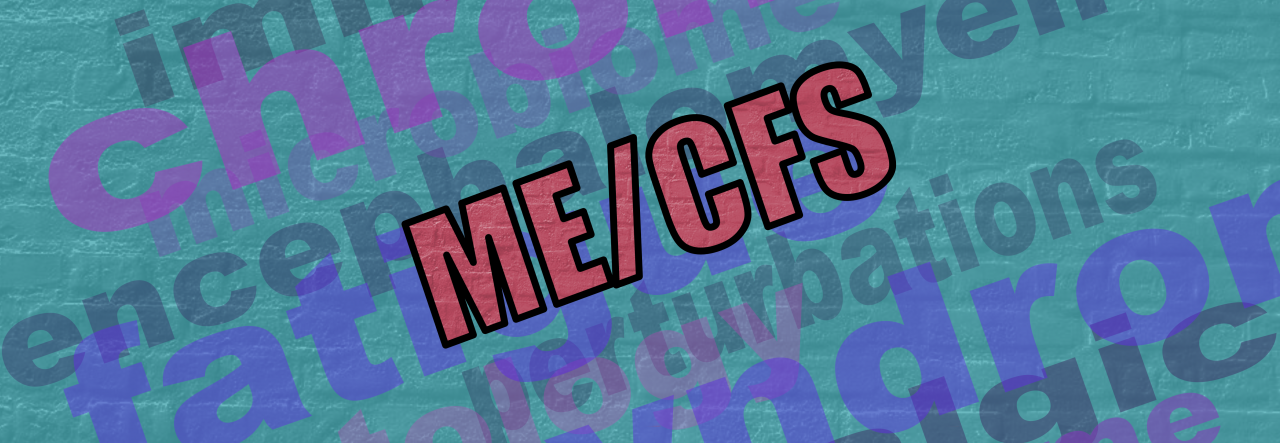
Research in the ME/CFS field has implicated immune and microbial dysbiosis in ME/CFS patients, so a major goal of our ME/CFS Center at JAX is to deeply characterize patient clinical phenotypes together with immunologic, metabolic, and microbiome markers in the blood and gut. Over the course of the five year study, we aim to recruit 150 ME/CFS patients and follow them through three time points over the course of three years, where we will collect detailed clinical information, blood, and stool samples. We also aim to recruit 100 age- and sex-matched healthy controls, and 50 controls will be followed through a second time point. As we approach the end of second year of the study, we would like to share some of our progress with the ME/CFS community.
All of the patient recruitment is done at The Bateman Horne Center of Excellence (BHC), which serves as the Clinical Core for the JAX CRC. We began enrolling our first patients early last year. Since then, our clinical core has done a herculean effort to enroll a total of 131 ME/CFS subjects and 72 healthy controls for this study. The ME/CFS patients have also been divided into two groups: half with disease duration of less than 4 years and the other half for more than 10 years, as we will also be asking how the chronic state of the disease impacts the immunological and metabolic features. We believe that this will be one of the largest of such cohorts for this type of study. We have also started to collect second year time points for subjects who were recruited last year, and so far have had 16 ME/CFS patients and 9 healthy controls come back for biological sample collection and clinical information.
Each patient is carefully screened by Dr. Bateman and colleagues to comply with the ME/CFS clinical diagnosis criteria. Following clinical evaluation, all participants then provide blood and fecal samples on site. These samples are shipped to Jackson Laboratory at Farmington, CT for immediate processing and storage. The processing of blood involves isolating peripheral mononuclear cells (PBMCs), which are then frozen for future immune profiling and other assays. The fecal samples are also frozen, and part of the sample is subsequently processed to be sequenced for the microbiome analysis. We are also isolating bacteria strains from some of these strains for additional testing.
Since last year, we have continued to work on optimizing our immunological panels and functional analyses, which have been guided by our analysis of a previous project on single time point blood samples from close to 200 ME/CFS and 100 healthy controls. For the microbiome analysis, we have to date sequenced more than 100 ME/CFS patient and 50 healthy control stool samples in order to characterize microbiota at species- and strain-level resolution and reconstruct functional pathways that may be unique to patients. We are accumulating large sets of data that involve intense bioinformatics analysis. In addition, we have began performing pilot metabolomics analysis in blood samples and have begun several collaborative studies with other CRCs, which we will update the community about in future progress reports.
We still have a long way to go in understanding ME/CFS, but we are excited that in the first year and a half of the study we have laid the groundwork by enrolling and nearly reaching our cohort recruitment goals. We greatly appreciate the participation of all patients in this study, as we completely rely on their willingness to contribute to this important project.
We are working hard to further our understanding of the immune-microbial dynamics of ME/CFS, and hope through our study to lay the groundwork for future therapeutic strategies that will alleviate ME/CFS symptoms through restoration of microbial and immunological homeostasis.

It’d be excellent to marry this long-term data gathering exercise with some provocation studies, to see whether the states you observe are steady, or whether they are perturbable by exercise. i.e. are the data you gather affected materially by the PEM status of the patient?
LikeLike
It would be great to marry this long-term data gathering with some provocation studies to see if the data you have is affected by exercise. i.e. is the data you are collecting affected by the presence or absence of PEM? Do some patients look normal but that’s because they rested hard in order to manage a visit to the lab? etc.
LikeLike